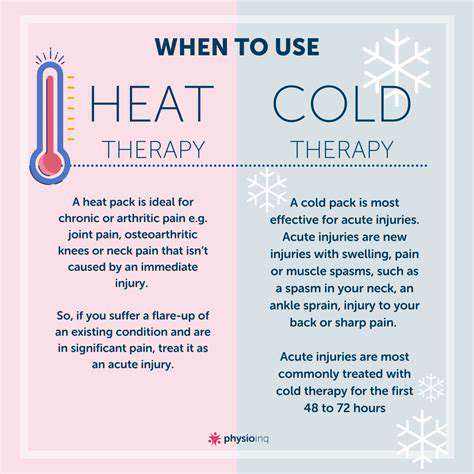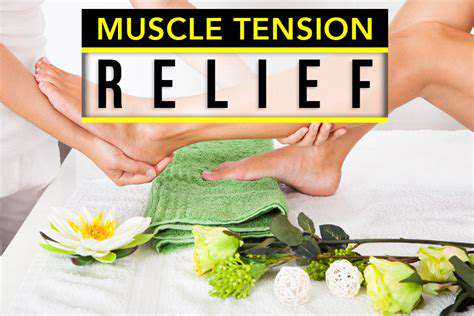Cold and Heat Therapy: Simple Tools for Headache Pain
Benefits of Cold Therapy
The primary benefit lies in its ability to reduce swelling. When blood vessels constrict in response to cold, less fluid leaks into surrounding tissues. This makes cold therapy particularly valuable for headaches accompanied by sinus pressure or muscle tension. Athletes have long used ice baths to speed recovery, and the same principles apply to headache relief - reduced inflammation means faster healing.
Types of Cold Therapy Applications
For headache relief, simple methods often work best. A bag of frozen peas wrapped in a towel makes an excellent cold compress that conforms to the head's shape. Some prefer specialized gel packs that stay cold longer. For more intense treatment, some clinics offer targeted cryotherapy, though this typically requires professional supervision.
Safety Precautions and Considerations
Never apply ice directly to skin - always use a protective barrier. Those with conditions affecting circulation should be especially cautious with cold therapy. If you experience numbness lasting more than a few minutes after removal, discontinue use and consult a doctor. Remember that cold therapy isn't appropriate for all headache types - cluster headaches, for example, may respond better to heat.
Combining Cold and Heat for Optimal Relief

Harnessing the Power of Contrasting Temperatures
Alternating between hot and cold treatments can be remarkably effective for stubborn headaches. The contrast creates a pumping action in blood vessels that may help flush out inflammatory substances while delivering fresh oxygen and nutrients. Many physical therapists recommend this approach for chronic pain conditions.
Specific Applications and Benefits
Start with cold therapy to reduce initial inflammation, then switch to heat to promote healing. Some find relief by placing a cold compress on the forehead while applying heat to the neck simultaneously. This dual approach can address multiple headache triggers at once - cooling inflamed blood vessels while relaxing tense muscles.
Safety Precautions and Considerations
Always end with cold therapy when alternating treatments to minimize residual swelling. Pay close attention to your body's signals - if either temperature causes discomfort, adjust immediately. Those with cardiovascular conditions should consult a doctor before trying contrast therapy, as the rapid vascular changes may affect blood pressure.
Important Considerations and Precautions
Proper Temperature Control
Temperature extremes can cause harm if not properly managed. For heat therapy, aim for a comfortably warm temperature - you should be able to keep the compress in place without discomfort. If using microwavable heat packs, always test the temperature on your inner wrist first before applying to more sensitive areas like the face or neck.
Application Duration and Frequency
Moderation is key with both therapies. Even with proper insulation, limit sessions to 20 minutes maximum. Applying cold more than four times daily may actually increase sensitivity in some individuals. Listen to your body - if a treatment isn't helping after a few attempts, try a different approach.
Alternative Therapies and Combination Treatments
Temperature therapies work well with other natural approaches. Gentle neck stretches during heat application can enhance muscle relaxation. Combining cold therapy with deep breathing exercises may help address stress-related headaches more effectively than either approach alone.


